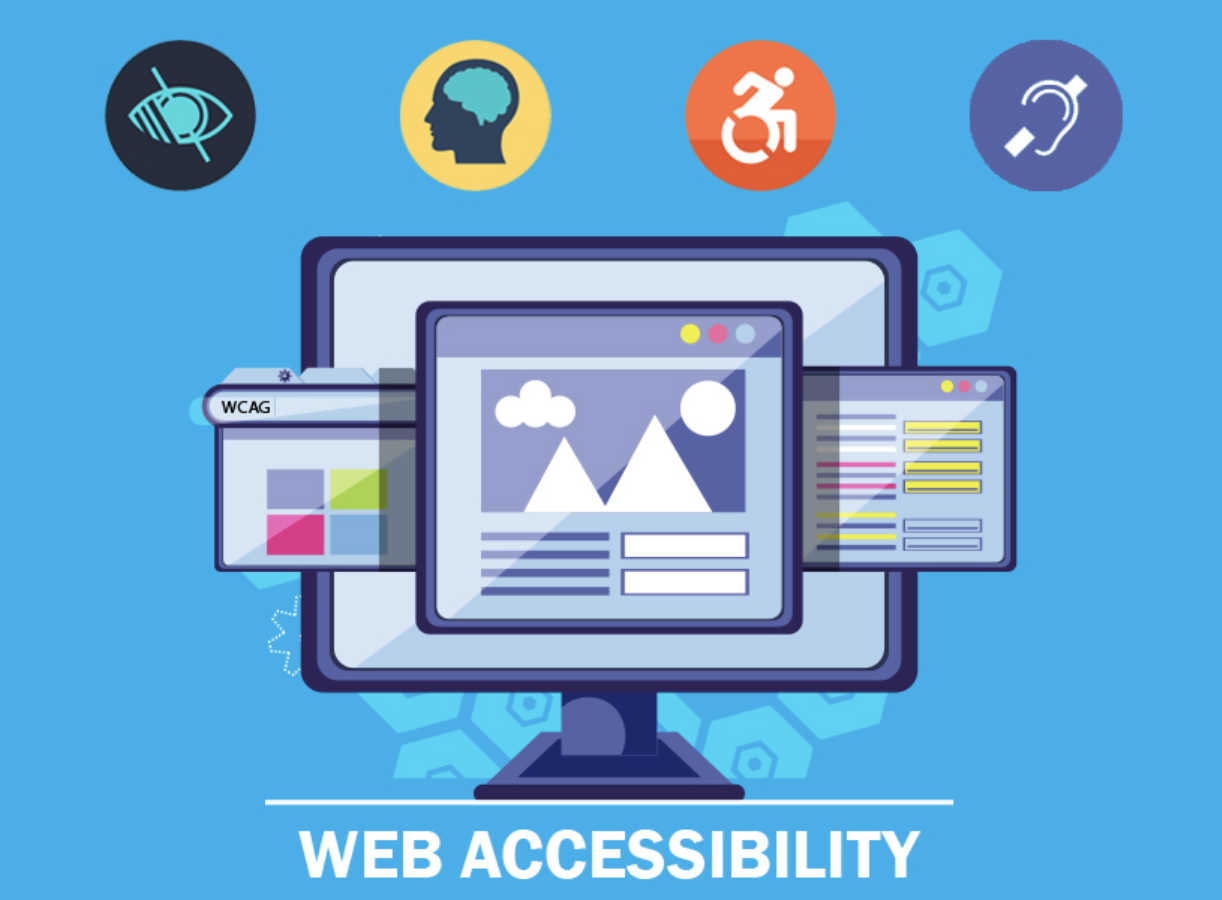
We can consider accessibility testing as a subset of usability and user interface testing. Accessibility Testing is similar to that of software or web application testing, which is performed to ensure that it is usable to all people, including individuals with disabilities. There are many specific requirements in ensuring accessibility for individuals with vision and hearing disabilities, color blindness, old age problems, cognitive impairments, and many other difficult physical and mental conditions.
AccessiBe overview of the need for testing
It is also to be noted that people with disabilities may also be using assistive technologies like screen readers and compatible browsers, etc., which will help them operate websites and software products. Some examples of such software as specified by AccessiBe are:
- Speech Recognition – This tool will help convert dictations into text, which can be used as an input method.
- Screen Readers – These tools can read the text on the page.
- Screen Magnifiers – These can be used to enlarge the screen display and make it easier for people with vision problems to read.
- keyboard and mouse – There are special keyboards and mice for people with motor neuron difficulties.
Accessibility testing
When a software product or website is being made, it is important to make it user-friendly to all categories of users, including individuals with disabilities. It is noted that every one out of 10 people has some sort of a disability and every one in two people has some kind of a reduced capability. This is why accessibility is an important aspect to take care of. Accessibility testing is a crucial process in the software testing life cycle.
Various governments worldwide also mandate accessibility through strict legislation, with which all IT products and websites need to comply with the accessibility rules. Some of the laws passed by major governments across the globe are:
- Americans with Disabilities Act 1990,
- Disability Discrimination Act, UK 1995,
- Disability Discrimination Act, Australia 1992,
- Disability Act of 2005, Ireland.
Testing is necessary to ensure the legal compliance of any application.
Avoiding lawsuits
Many of them, including Fortune 500 companies, had been sued for non-compliance with accessibility laws. Some of the most prominent cases are;
- National Federation for the Blind (NFB) case against Amazon in 2007,
- Sexton with NFB against Target in 2007,
- NFB against AOL in 1999.
Considering all these factors, it is essential to run accessibility testing before releasing any web application or software applications.
Accessibility testing can be done both automated and manually by considering various aspects.
- Whether the application offers keyboard equivalents to all page operations.
- Whether there are instructions as a user manual or documentation.
- Whether the HTML tags are followed properly.
- Are there shortcut keys for the menu?
- Whether the application is supported on all OS.
- All labels on the application are written descriptively.
AccessiBe offers testing of applications for accessibility compliance and also many tools to be incorporated with the websites for accessibility. You may follow WCAG standards to ensure accessibility compliance.

